“One of the key S.C. Presbyterian Church congregations fighting for American independence.”
City Directories and History: Fishing Creek Presbyterian Church
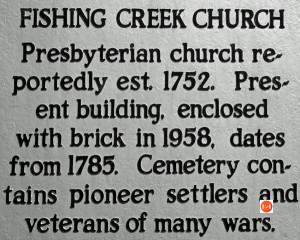
Fishing Creek Presbyterian Church
This old Presbyterian church was organized in circa 1752 and many of the early graves are those of community leaders from the mid 18th century. A number of Revolutionary leaders and soldiers are buried here as well as prominent planters. The church was the center of the community and though it has been bricked, the original late 18th century building is reported to be intact.
Many veterans from the Civil War, WWI and WWII are also buried in this historic cemetery. Also see Oakley Hall for additional information on the ministry and life of Rev. Saye.
Click on the More Information – PDFs > link found below the picture column for additional data or pictures.
The Rock Hill Herald reported on July 21, 1887 – “The dwelling of Mr. J.H. McMurray in the area near Fishing Creek Church was destroyed by fire. It was caused by a bad flue in the dining room. He values the house at about $2,500.”
The Rock Hill Herald on Jan. 21, 1903 reported, “the School near Fishing Creek Church opened Monday with Ms. Carrie Belle Poag, from Old Point (York Co SC), being in charge.”
NOTE TO BE CONFUSED WITH: Fishing Creek Church (afterwards called Richardson for the Rev. William Richardson and later known as Lower Fishing Creek Church) was located on Fishing Creek from which it took its name. It was organized in 1770 and served a congregation in the northeast comer of Chester District.
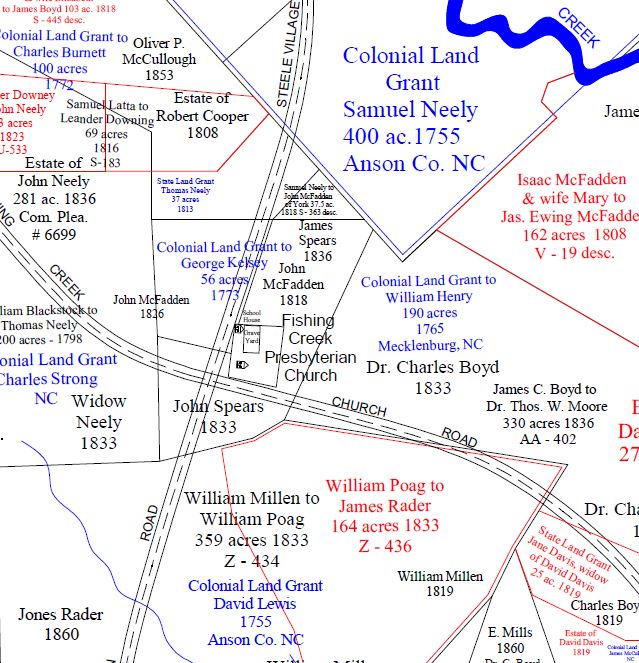
Heritage Plat Map of the Fishing Creek Church – Courtesy of the Heritage Plat Map Collection by Mayhugh – 2017 SEE ENLARGEABLE MAPS UNDER THE PRIMARY IMAGE
BURNING OF HILL’S IRONWORKS: The party entrusted with the destruction set out from Williford’s Mill on Fishing Creek (also known as White’s Mill) and proceeded up the Catawba as far as the place now known as India Hook. Here they commenced the work of destruction. On the plantation now owned by William N. Simril, there lived at that time a man by the name of James Simril. In the orchard of William N. Simril stood the barn of James Simril. This together with four horses, was burned by the Tories. This accomplished the party set out for the iron works. On their way, they forced a man by the name of Henderson, (the same man that was accustomed to kill deer at the Adickes comer in Yorkville), to show them a ford on the creek below the works. The people had been, for some time, expecting that an attempt would be made to destroy the works and had taken most of the cannon balls and thrown them into a hole in the creek not far below the works. These balls are in the creek yet. After Henderson had piloted the party across the creek, and given them all the information they desired, they stripped him and whipped him severely and then went off and left him tied to a tree. William and Robert Hill, sons of Col. William Hill, part owners of the iron works, determined that they would resist the attempt of the British to bum their father’s property. Although but boys they prepared a swivel, which carried a pound ball, and mounted it on top of a stump on the high hill north of Allison creek. When these brave boys learned that the British were approaching, which fact was announced to the whole neighborhood by the burning of Simril’s barn, they took their stand behind their swivel and waited for the advancing foe. They thought that the Tory party would advance to the iron works from the direction of Allison Creek church. In this direction they had pointed their loaded swivel and in this direction they looked for the Tories. Before they were aware, the party noiselessly advanced up the creek and they were surrounded. They were made prisoners for the time and their swivel was taken by the Tories and thrown into a hole in the creek. (YORK COUNTY IN THE AMERICAN REVOLUTION by Rev. Robert Lathan—Part Two – Courtesy of the YCGHS—June 1999)
R&R Note: The location of Williford’s Mill is unknown, it is more plausible that the British left White’s Mill on Fishing Creek. White’s Mill was not far from Fishing Creek Pres. Church and was a regular point of rendezvous by the British and particularly, Capt. Christian Huck who led the raid.
DID CAPTAIN HUCK BURN FISHING CREEK PRESBYTERIAN CHURCH? by Michael C. Scoggins
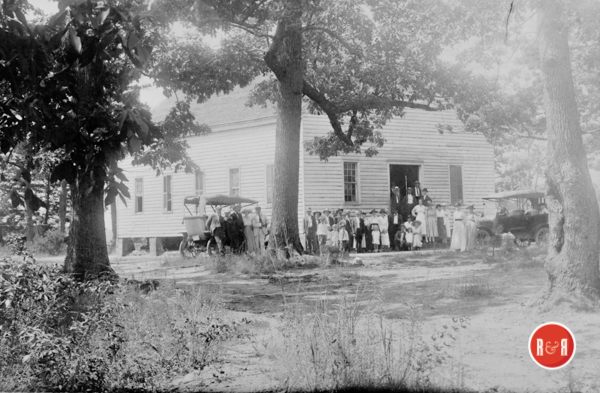
Early 20th century image of the original Fishing Creek Meeting House. Courtesy of the JMG Collection – 2019
Fishing Creek Presbyterian Church in northeastern Chester County, SC, was founded circa 1752 and is one of the oldest churches in the upstate. In the late eighteenth and early nineteenth centuries, this church was known as Upper Fishing Creek Presbyterian Church in order to distinguish it from another (now defunct) Presbyterian church on Lower Fishing Creek founded by Rev. William Richardson, who died in 1771. According to the historical marker in front of the modern Fishing Creek Church, the present building was erected in 1785 and bricked-over in 1958. Local historians agree that the original church building, or “meeting house,” was destroyed some time between 1780 and 1785, but the exact date and circumstances of its destruction are uncertain. The minister of Upper Fishing Creek Church during the Revolution was Rev. John Simpson, who also supplied the Lower Fishing Creek Church as well as Bethesda Presbyterian Church on the South Fork of Fishing Creek in present-day York County. Simpson, who was an ardent Whig, encouraged his Scotch-lrish Presbyterian congregation to resist the British after the fall of Charleston in May 1780, and he himself enlisted in the local militia company commanded by Capt. John McClure.
On June 6, 1780, only two weeks after Charleston’s surrender, McClure’s company took the field against the Loyalists or “Tories” in the backcountry when they attacked and dispersed a Tory assembly at Alexander’s Old Field (Beckhamville) in Chester County. Two days later they joined Capt. Richard Winn and Col. William Bratton in a successful attack on another group of Tories at Mobley’s (or Gibson’s) Meeting House in northwestern Fairfield County. Following the battle at Mobley’s, McClure, Bratton and Winn moved to Upper Fishing Creek Church and established a camp there. Many members of Simpson’s congregation joined them.
At this time the British had a strong outpost at Rocky Mount, overlooking the confluence of Rocky Creek and the Catawba River on the Chester-Fairfield County line. The post was commanded by Lt. Col. George Turnbull and garrisoned by several companies of Turnbull’s regiment, the New York Volunteers; a troop of British Legion cavalry under the command of Capt. Christian Huck; and several companies of local Tory militia. In response to the Whig attacks at Alexander’s and Mobley’s, Turnbull dispatched Capt. Huck and a company of militia under Lt. Col. James Ferguson to disperse the rebel camp at Fishing Creek Church. Huck arrived at the church on Sunday morning, June 11, expecting to find Simpson and his congregation attending worship services. Huck’s orders were to arrest McClure and Simpson and disperse the rebel militia. In this mission he was disappointed; the Whigs had been alerted to his expedition and had retreated into northern York County before Huck arrived. On June 15, Col. Turnbull described Huck’s visit to Fishing Creek Church in a letter to Lord Charles Cornwallis in Charleston. The grammar and spelling in the letter are transcribed verbatim from the original letter:
Captain Huck and His Party Returned yesterday having made a circular Tour of about Forty miles to the Westward. The Rebels who were Embodied Fled so last to the Mountains that He could not come up with them. From information that some of them had taken post at Simson’s meeting [house], He surrounded the house and finding them gone, But in reconnoitering the road which led to it, Two men with Rebel Uniforms were Discovered running through a field of Wheat. The Militia fired upon them, Killed one and Wounded the other.
The rebel who was killed by Huck’s militia was a seventeen-year-old named William Strong, whose family lived next door to the Simpsons’. Strong’s older brother Christopher was a captain in the Whig militia, and young William had recently joined the militia himself. He was apparently recognized as a rebel by Ferguson’s Tories, who fired at him as he ran away. Several nineteenth-century accounts state that Strong was murdered as he sat innocently reading his Bible, but Turnbull’s report, written immediately after the event, is probably more accurate. These same nineteenth-century accounts are also unanimous in stating that Huck’s dragoons burned Rev. Simpson’s home and library, but they say nothing about the church itself. Turnbull’s letter to Lord Cornwallis does not mention Huck burning any buildings, but he does make specific reference to “Simpson’s meeting house,” which means the church, not Simpson’s home.
It seems very odd that Huck would not have burned the church, (and may well have, while he had the opportunity, since it was a focal point for Whig resistance in the area. British and Loyalist soldiers had no qualms about burning “seditious” meeting houses during the southern campaign, and in 1780 and 1781 they destroyed several other Presbyterian churches in South Carolina, including Rocky Creek Church in Chester County, Waxhaw Church in Lancaster County, and Indiantown Church in Williamsburg County…..
Further confirmation of the contention that Huck burned Fishing Creek Church is found in the Lyman C. Draper Manuscript Collection. Draper, the author of King’s Mountain and Its Heroes (1881), was secretary of the State Historical Society of Wisconsin and an important nineteenth century historian of the American Revolution. He carried on an extensive correspondence with many local historians and descendants of Revolutionary War veterans while researching a planned biography of Gen. Sumter, which he never finished. One of his most important correspondents was the historian Daniel Green Stinson of Chester County, who collected many first-hand accounts from Revolutionary War veterans and their families while serving as magistrate of Chester County. Draper interviewed Stinson in 1871 and made the following notes, which are found in the Thomas Sumter Papers of the Draper Manuscript Collection: Fishing Creek Church burned by Huck’s party June 11th on his first trip up the country, & killed young Strong there—pursued Bratton, John McClure & Winn to Hill’s Iron Works, & burned the Iron Works—had some skirmishing there & fell back fighting. This party under Capt. John McClure had previously fought the Tories at Beckhamville.
(Courtesy of the CSGHS – Bulletin)
Also see PDF this page: GUIDE TO PRESBYTERIAN NAMES AND PLACES IN SC by J.B. Martin, III – 1989
The Yorkville Enquirer reported on July 23, 1885 – “Rev. James H. Saye has shown the editor of the Chester Reporter the diploma conferred by Mt. Zion College on the Rev. John B. Davis, dated July 1791. It was signed by Thomas H. McCaule, Pres., and John Winn, and James Craig Professors. At that time Mt. Zion was the only institution of learning in the state having the authority to give diplomas. Mr. Davis was for a period of 40 years, beginning in the later part of the century pastor of Fishing Creek Pres. Church. His name and memory are held in much esteem and reverence.”
Informative links: Mills Map of Chester County SC, History of Church
Stay Connected
Explore history, houses, and stories across S.C. Your membership provides you with updates on regional topics, information on historic research, preservation, and monthly feature articles. But remember R&R wants to hear from you and assist in preserving your own family genealogy and memorabilia.
Visit the Southern Queries – Forum to receive assistance in answering questions, discuss genealogy, and enjoy exploring preservation topics with other members. Also listed are several history and genealogical researchers for hire.
User comments welcome — post at the bottom of this page.

R&R HISTORY LINK: Article via the SCHS Mag., “Presbyterian Ministers in the Am. Revolution” by D.T. Stokes
Please enjoy this structure and all those listed in Roots and Recall. But remember each is private property. So view them from a distance or from a public area such as the sidewalk or public road.
Do you have information to share and preserve? Family, school, church, or other older photos and stories are welcome. Send them digitally through the “Share Your Story” link, so they too might be posted on Roots and Recall.
Thanks!
User comments always welcome - please post at the bottom of this page.
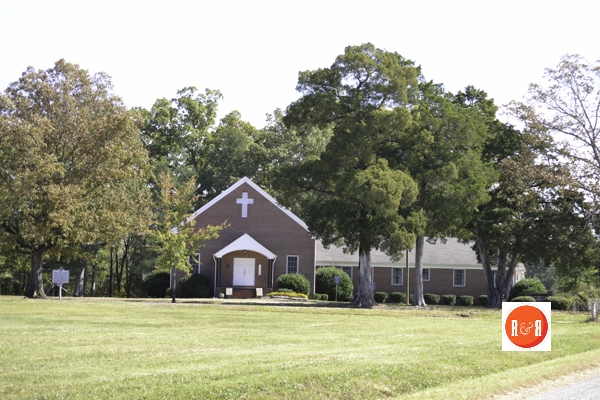
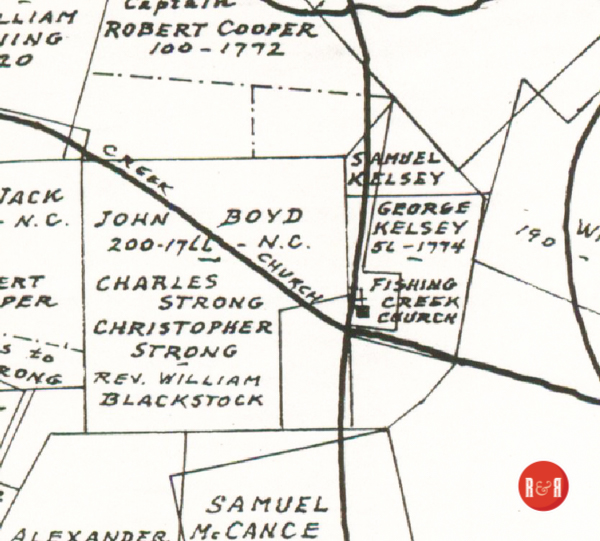

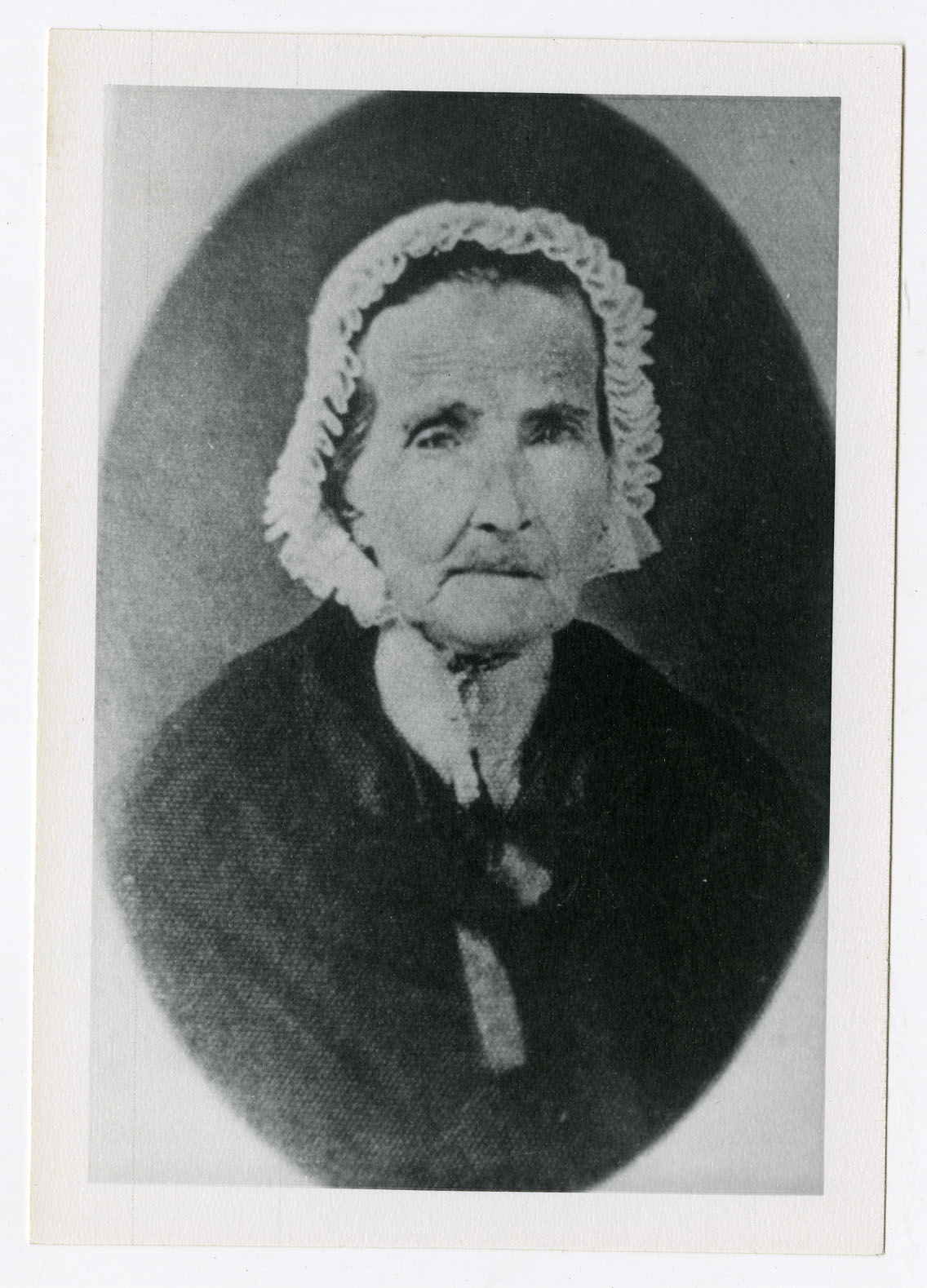
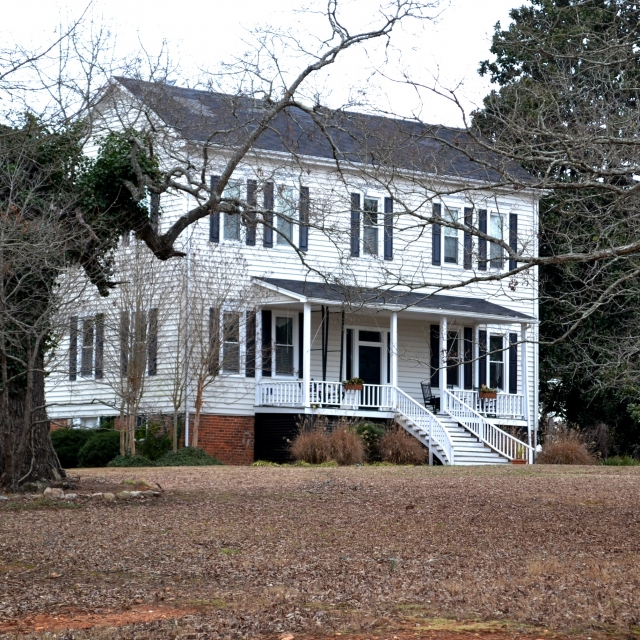
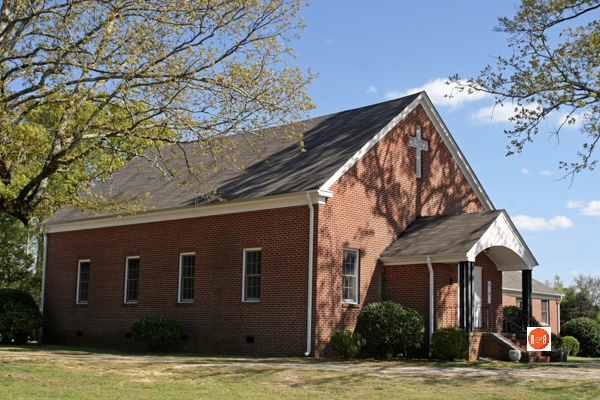
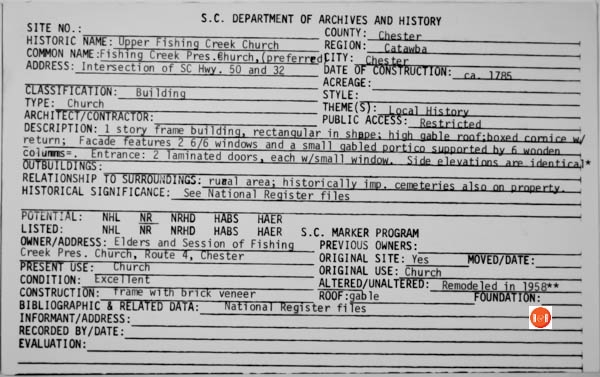
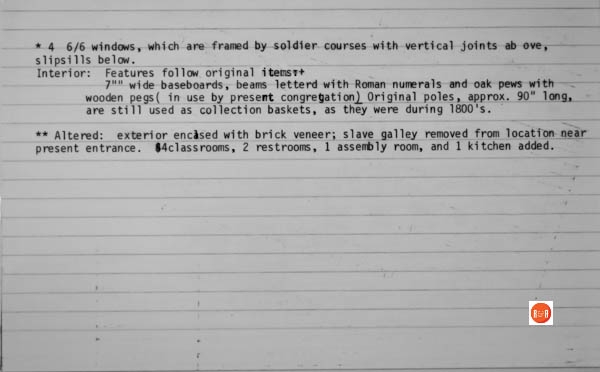

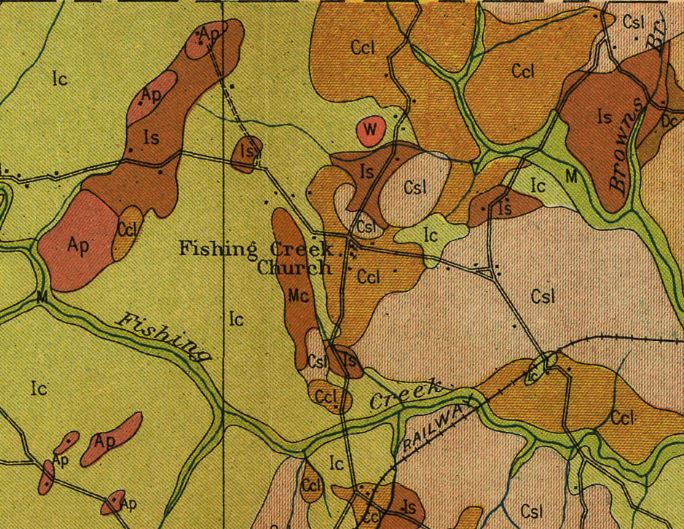


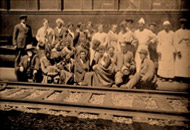
I just joined your website and will enjoy looking around. My 5th great grandfather was Philip Walker, the miller, who was actually the owner of the mill where Capt. Huck was supposed to have rendezvoused a couple of times when the Fishing Creek Church incident and battle occurred. He is listed in Rev. Simpson’s visitation list with his wife, Jennet, and all of his children. He sold his mill to Hugh White about 1784 when it appears that he was selling off his holdings before moving to Davidson County, Tennessee.
Philip’s tracts of land in this sale were granted to him in 1762 and 1769. There were many Walkers in the immediate area and I am trying to find any siblings of his or his parents. Also I don’t know his wife’s maiden name although many speculate it to be Patton. I have not seen evidence of this, however. There were many Pattons and Walkers on the 1773 visitation list and I do not see any in your index.
My Philip is not to be confused with Capt. Philip Walker or otherwise Philip Esq. who was also a member of Fishing Creek Presbyterian Church.
Susan Wood
My name is Annette Neely and my GGG grandfather is Samuel Neely who moved west to TN and KY, born in SC. I know Samuel (b. approx. 1805) was married to Sarah from Virginia. But I can’t find burial or birth records for him. I see him listed in the Trigg Co. KY census in 1850. My GG Grandfather is William Neely and he’s listed in the same household in Trigg Co KY. I’d like for find out more about Samuel. I believe my family came south from NY and/or PA , from Neelytown NY and originally Scots-Irish from Ulster Ireland.
I’m looking forward to finding out more about Samuel and Sarah as I will be in the area in Dec. 2023. I’d like to visit cemeteries and churches and learn more about SC that I love.
Best Regards,
Annette Neely